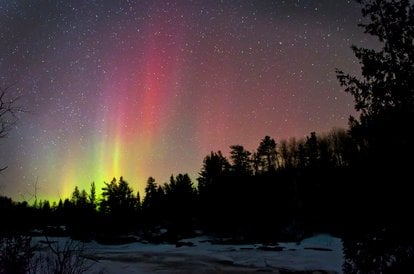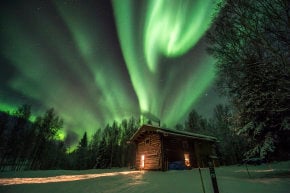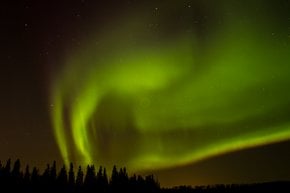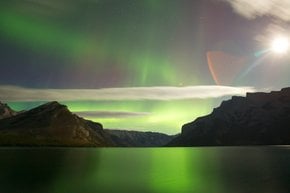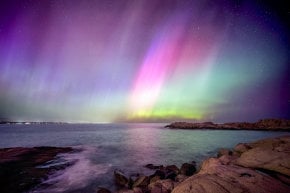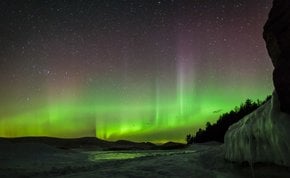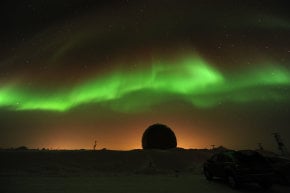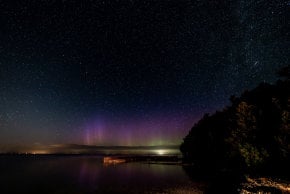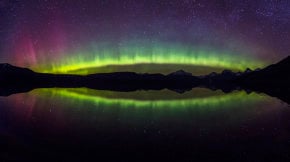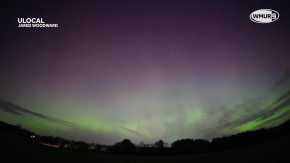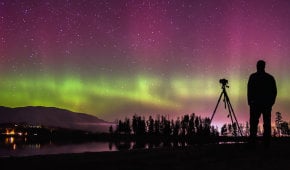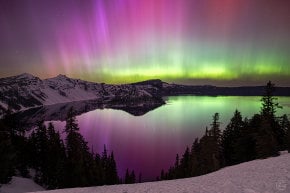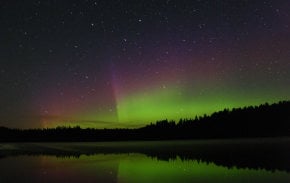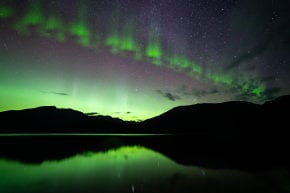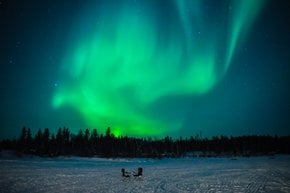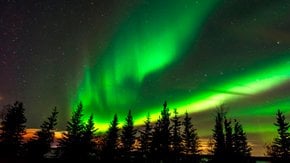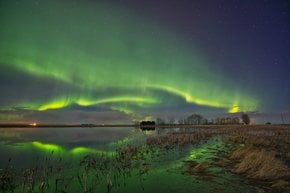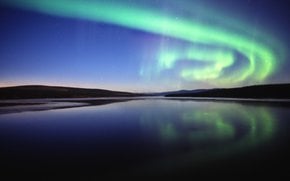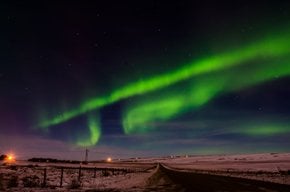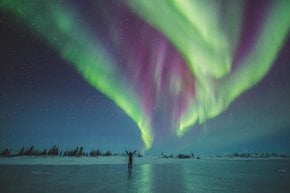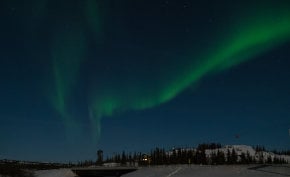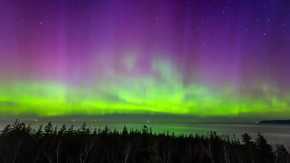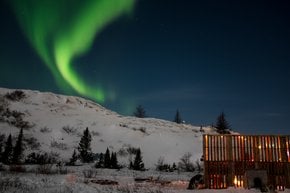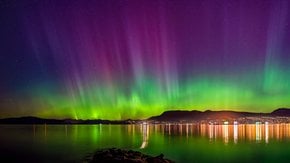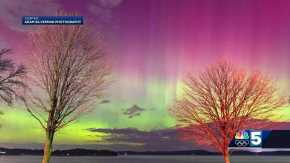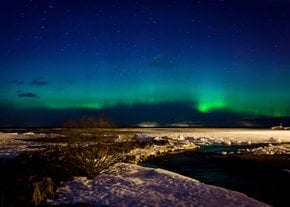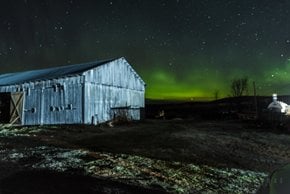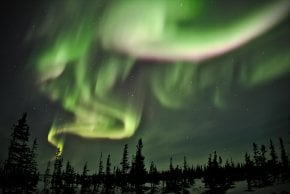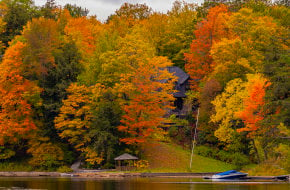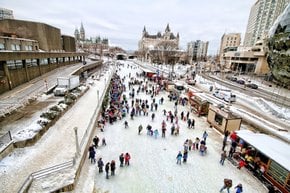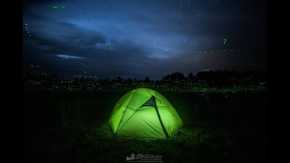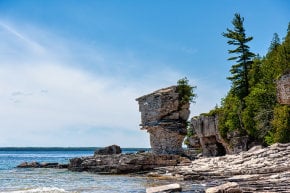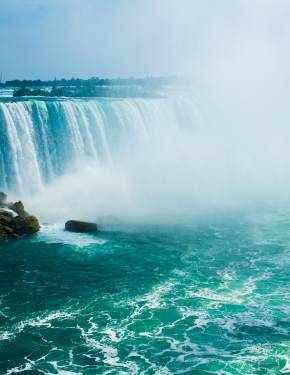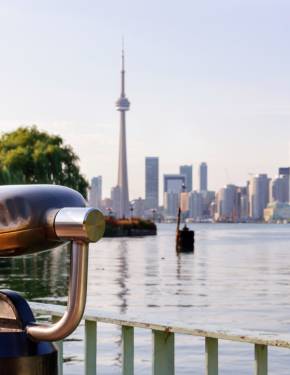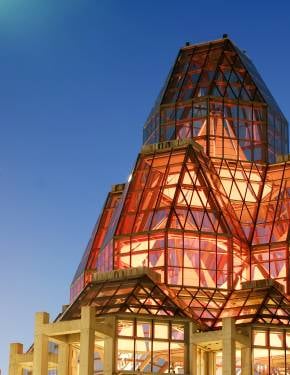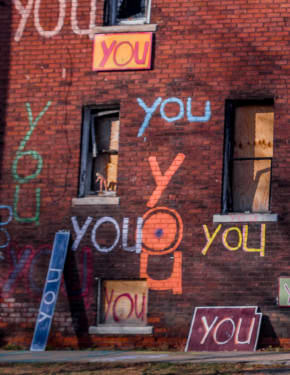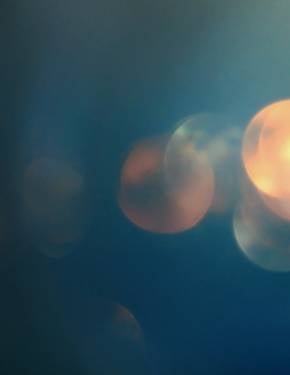Northern Lights in Ontario 2025-2026
Although Ontario is one of Canada's southerly provinces, you might be lucky to see aurora borealis here in the depth of winter
Best time: September–March
Ontario lies in the south-east of Canada, but it still has considerable chances to have stunning aurora borealis displays. The beautiful natural phenomenon is caused by geomagnetical activity or disturbances caused by "solar wind". These disturbances are measured in Kp-Index on a scale from 0 to 9. The Kp-Index has to be at least 4 to go on an aurora hunt in Ontario.
Best time to see Northern Lights
The best time to watch elusive northern lights are the winter months of December, January, and February. It should be a clear and dark night, and the best hours are around midnight.
Ontario Aurora Forecast
The Northern Lights can be tricky to catch due to their fickle nature, so it's better to rely on an aurora forecast to plan a trip for the full experience. A site like this will provide you with a current situation with Aurora Berelis in the chosen area.
Best places to view Northern Lights near Toronto
Despite the fact that Toronto is located in the southern part of Ontario and beyond the Aurora Oval you will still have a good chance to catch a glimpse of Northern Lights in just a few hours from Toronto.
Torrance Barrens Night Sky Reserve
To see aurora borealis in its full glory, it's important to get far from large cities that have strong light pollution. Torrance Barrens Night Sky Reserve is the closest to Toronto, and it's also known for strong geomagnetic activity.
Gordon’s Park Eco Reserve
Gordon’s Park Eco Reserve, located in the northern part of Manitoulin Island, is another great spot to observe the northern lights because of its pollution-free air and dark skies. Manitoulin Island is surrounded by the waters of Lake Huron, which serves as a perfect backdrop for the glowing natural phenomenon.
Lake Superior and Pukaskawa National Park
Lake Superior is known to be one of the best spots for aurora borealis hunt in North America. In Ontario, thousands of aurora chasers flock to the lake to make their Instagram-perfect pictures of the dancing lights. You can drive along the Lake Superior shore on Highway 17 between Thunder Bay and Sault Ste. Marie for the greatest displays. Another spot is Pukaskawa National Park, a nature preserve located on the shores of Lake Superior.
Best places to view Northern Lights in Northern Ontario
Chapleau Nature Preserve
A bit further north from Toronto, visit Chapleau Nature Preserve. It's the world's largest game preserve, covering an area of more than 700,000 ha (1,729,735 acres). This vast territory has little light pollution and, therefore, suits perfectly for an aurora borealis hunt.
Cree Moose Factory Island and Cree Village Ecolodge
Moving further north, Cree Moose Factory Island and Cree Village Ecolodge located on the Moose River, not far from James Bay, are great places to witness aurora borealis. This is a remote area with no highways and no light pollution in the northeastern part of the province. You can learn a lot here about Cree nation, one of the largest groups of First Nations in Canada.
Polar Bear Provincial Park
You can also reach Polar Bear Provincial Park, an isolated wild spot in northernmost Ontario. Located on the western shore of James Bay, it is a great destination for an aurora borealis adventure.
How to capture Northern Lights on your camera
Aurora borealis is a phenomenon you would want to last in your memory, which is why knowing how to capture a scenic picture is a must-have skill. One of the main rules is to use manual mode on a camera. Each of these settings must be controlled manually: f-stop, shutter speed, and ISO.
It is also equally important to use a tripod with strong legs and an adjustable ball head. For a sharp image, focus at or near infinity and set the focus of the camera during the day. ISO settings of 500-2000 will be good options for Northern Lights photos. Additionally, use shutter speeds of 1 second to 15 seconds and full frame focal lengths.

